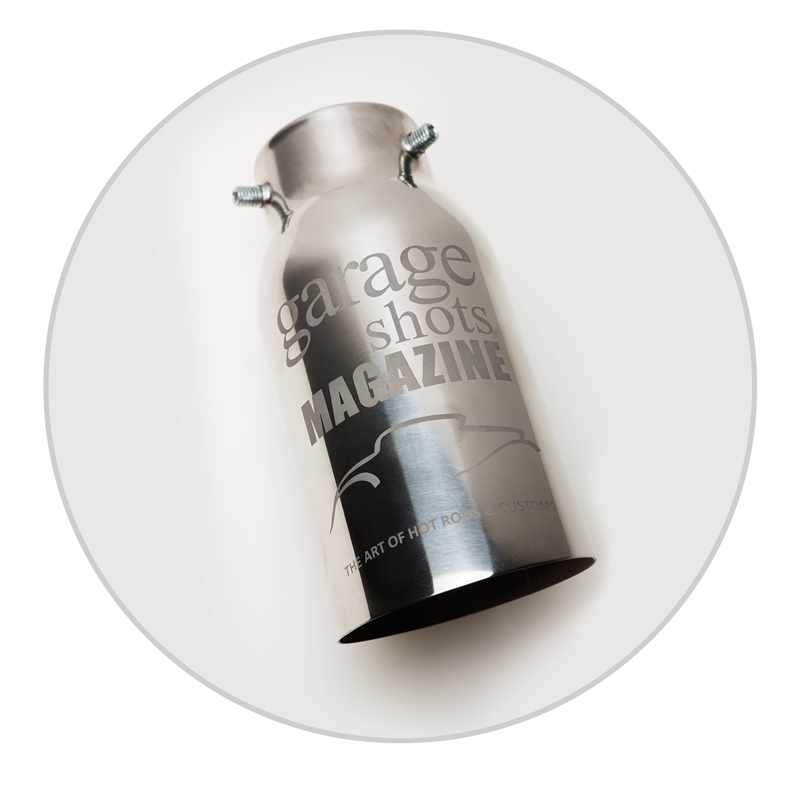Believe us when we say that there’s really no limit to the customizations that can be done to personalize or commemorate a recently built project. That’s what got us interested in sandcarving, a unique process that can add some extra creativity to your ride, or celebrate its completion.
When most people think of sandblasting, they think of it as a purely an industrial skill. However, in the hands of a skilled craftsperson, the same kind of equipment that is used to gnaw away paint in auto body shops and on bridge decks can be used to cut sophisticated designs on glass and metals. In this capacity the process is called sandcarving. Sandcarving is the term often used to describe deep multi-level abrasive etching.
Sandcarving is the process of using high pressure and an enclosed machine to methodically “chip away” the surface of the subject with a specific type of sand. Using a special film printed with the design, the surface of the object being carved is removed more the longer it remains exposed to the pressurized sand.
The design is carved in the base material and the edges of the different “stages” can create additional detail with light and shadow. Edge lighting can produce spectacular effects. Of course, modern abrasives (Silicon Carbide and Aluminum Oxide) have long since replaced the sand originally used when the process was developed.
Recently, we invested in a state-of-the-art sandcarving station that allows us create unique ways to tweak your ride. Essentially we can take an image or a design and etch it on a wide variety of small objects that fit in the containment vessel. The process is fast, precise, and leaves the structure of the material unchanged.
The first step in sandcarving is obtaining or developing a pattern or design. A two-dimensional design can be as simple as a heart shape, a vehicle shape, or some lettering. The pattern or design is then transferred to the resist material. By cutting through and removing selected portions of the pattern, the unprotected surface of the item will be exposed to the abrasive stream where material will be etched or carved away. This is called a positive etch, where only selected areas representing the pattern are etched. An alternate etch, known as a negative etch, can be achieved by leaving the resist on the pattern and removing the background areas.
In recent months, we’ve been creating custom car show awards, decorative license plates, garage signs, and beer mugs. We can also add some extra details to exhaust tips, mirrors, hub caps and more. With a high res photo of your ride, we can even create a one of a kind 8”x10” metal print.
These keepsakes are great for the home, office, or garage and have a permanence that other printed art work can’t match. Whether your design needs are practical or lean towards the more creative side for brand building or a commemorative event, we can execute something that is sure to be original and memorable.
For more information, contact us.






